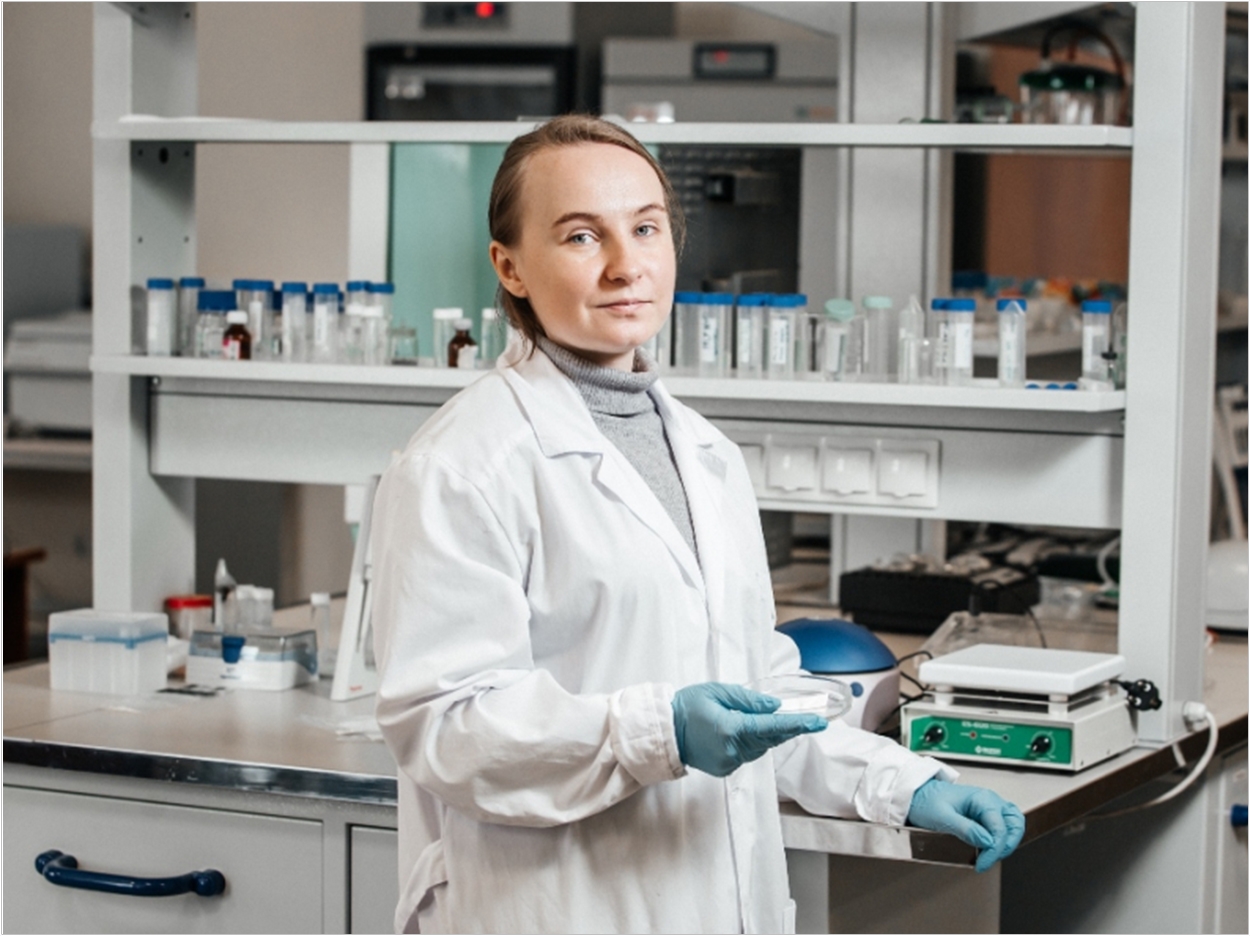
Adding graphene oxide to plasma surface treatment may improve scaffold survival rates in implant treatment, according to researchers at Tomsk Polytechnic University (TPU) in Tomsk, Russia.
Scaffolds are used to grow new tissues in regenerative medicine and in targeted drug delivery. After they are implanted in damaged areas, they gradually dissolve and are replaced by the body’s own tissues.
Modern scaffolds are completely biocompatible and have good mechanical properties, the researchers said, but their application is still limited due to the hydrophobic properties of their materials. Thus, they don’t get wet while interacting with water molecules.
“This property worsens the attachment of cells and their division and also increases the scaffold decomposition period in the body,” said Anna Lipovka, a member of the research group and PhD student at the TPU Research School of Chemistry & Applied Biomedical Sciences.
The most effective method for increasing scaffold hydrophilicity is plasma treatment, the researchers said. But after a few days, the effect weakens and gradually disappears, worsening the scaffold survival rate.
To improve these properties, the researchers supplemented the plasma surface treatment by applying a thin film of graphene oxide. This nanomaterial has high hydrophilicity that does not degrade over time.
Comparative tests demonstrated that the processed material retains the necessary hydrophilicity for a sufficiently long time, the researchers said. It is a major achievement in the development of safe implantable materials, they added, which are in great demand in modern reconstructive surgery.
The researchers plan to study the interaction of new scaffolds with living cells and tissues during implantation. Also, Imperial College London and TPU will use laser processing to create an electrically conductive layer that enables the scaffold to be monitored in the body.
The study, “Time-Stable Wetting Effect of Plasma-Treated Biodegradable Scaffolds Functionalized With Graphene Oxide,” was published by Surface and Coatings Technology.
Related Articles
Textbook to Focus on Pterygoid Implants
Improving Implant Survival by Implementing the Use of an Electric Toothbrush
The Two-Implant Mandibular Overdenture












